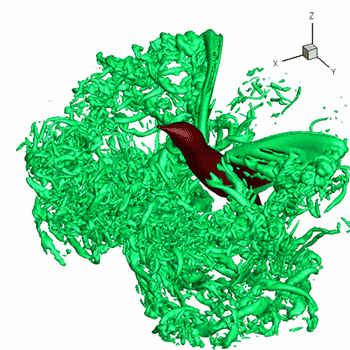How do you identify all asymptotes or holes and intercepts for #f(x)=(2x^2-18)/(x^2-16)#?
1 Answer
There are no holes. The VAs are
Explanation:
Given
find all asymptotes, holes and intercepts.
Factor the numerator and denominator.
A hole exists when the numerator and denominator contain the same factor (a factor "cancels out"). This function has no holes.
To find the vertical asymptote(s) (VA), find the values of
Set each factor of the denominator equal to zero and solve.
To find the horizontal asymptote(HA), compare the degree of the numerator and denominator. If the degrees are the same, the HA is the ratio of the leading coefficients.
For
the degree in both numerator and denominator is
The HA is
The
The
The
The
graph{(2x^2-18)/(x^2-16) [-10.04, 9.96, -3.56, 6.44]}

